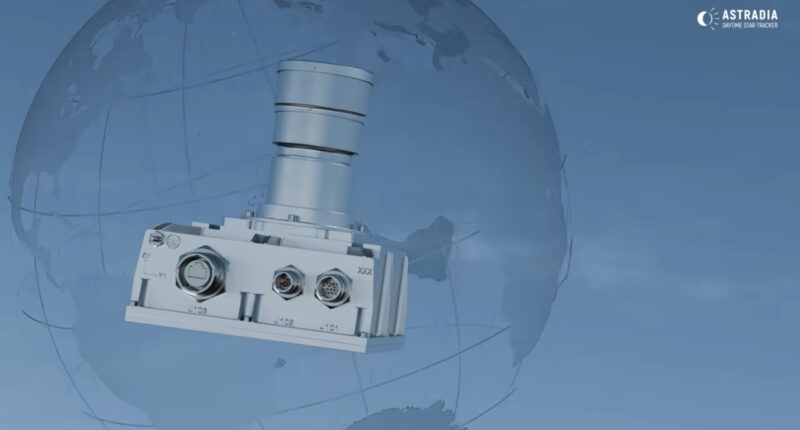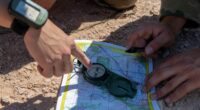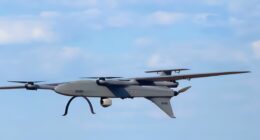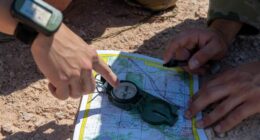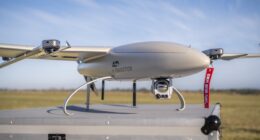In today’s contested battlespaces, Global Navigation Satellite System (GNSS) signals can be jammed, spoofed, or vanish entirely, leaving aircraft blind and vulnerable.
French company Sodern has developed a workaround: the “Astradia” system that looks to the stars instead of satellites to keep aircraft and drones on course amid electronic warfare.
Because the system emits no signals of its own, it reduces the risk of detection, making it a potentially useful tool for stealth operations.
Astradia can be integrated on a range of aircraft and drones for both military and civilian use.
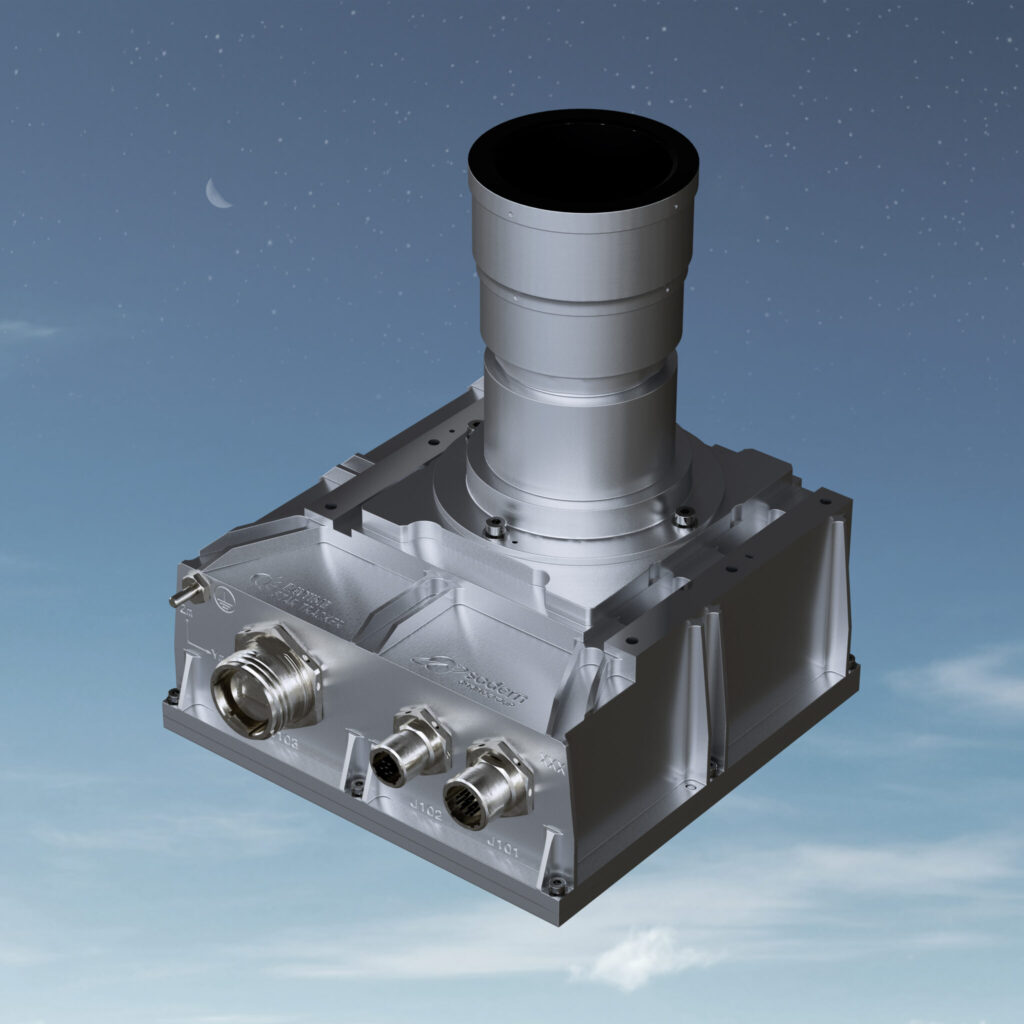
The star-tracking system will be showcased at the 2025 International Paris Air Show this month.
Navigation Accuracy in Small Package
Astradia features a compact size of 176 millimeters x 185 millimeters x 207 millimeters (6.93 inches x 7.28 inches x 8.15 inches) and a weight below 3 kilograms (6.6 pounds).
Relying on celestial navigation, it provides a detection accuracy of 1 meter (3.2 feet) at 70 kilometers (43 miles), helping aircraft determine their exact orientation and position even without GNSS signals.
While it primarily works during the day, Astradia can also support nighttime operations when paired with an inertial navigation system, helping improve its accuracy.
“We are proud to design dual-use technologies that require both precision and robustness in order to meet the specific needs of the armed forces, allied with an industrial design to help optimize costs,” said Sandra Feilles, the company’s Head of Innovation and Programs.
“Astradia is a very good example of this and will be of interest to civil and military aircraft operators.”
